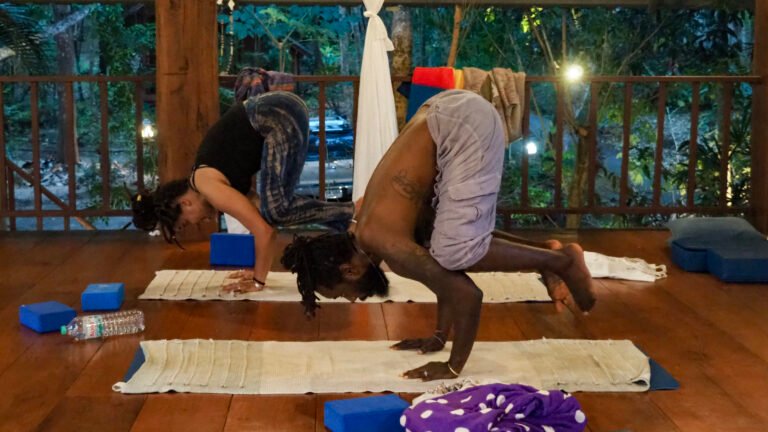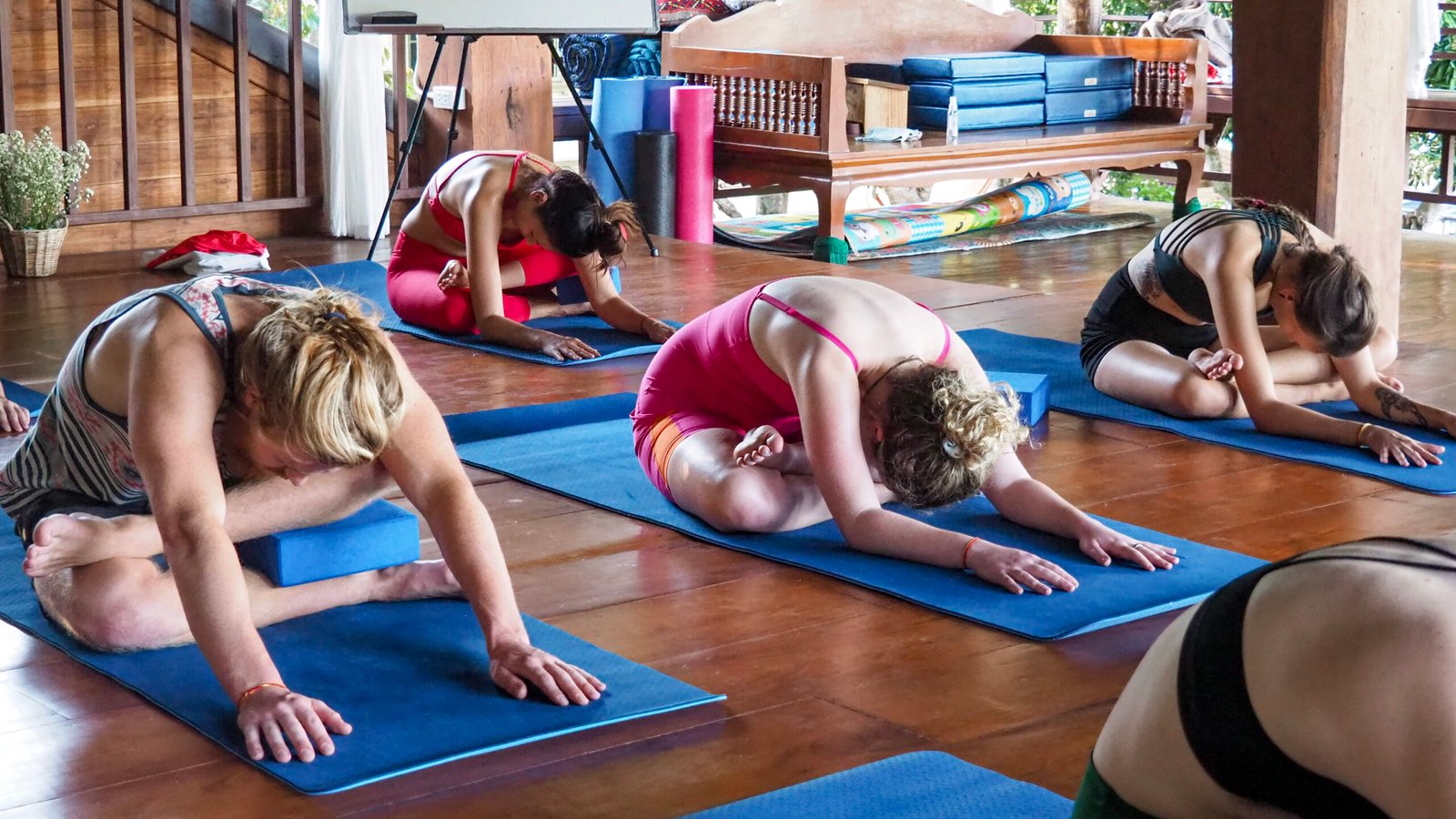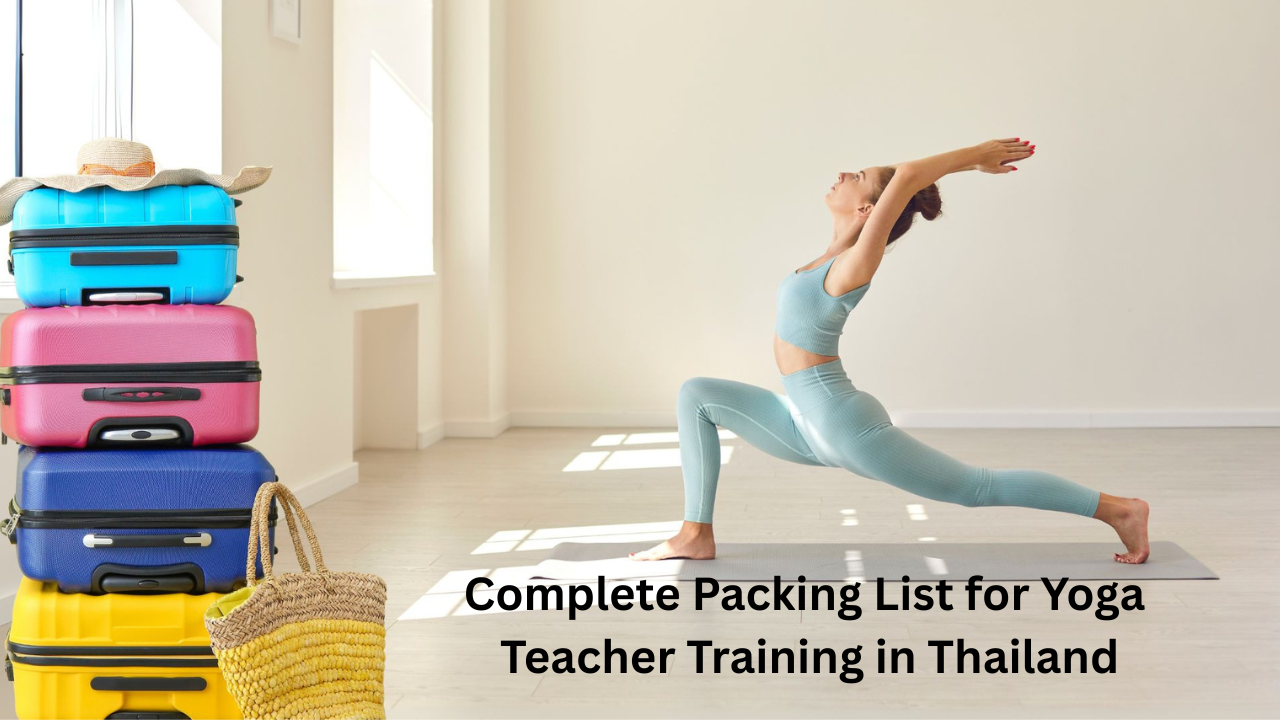Are you ready to take your yoga practice to new heights? If you’re looking for a challenge, look no further than crow pose! This powerful asana requires strength, balance, and focus. But don’t worry if it seems intimidating – with some helpful tips and tricks, even beginners can master this impressive pose. In this blog post, we’ll break down the steps for crow pose and share expert advice on how to overcome common challenges. Get ready to soar like a bird on your mat!
What is the Crow Pose?
Crow Pose, or Bakasana, is a challenging arm balance that requires strength and flexibility. It is often used as a transition pose between other asanas, but can also be performed on its own.
To enter Crow Pose, begin in a low squat with your feet together and your hands placed on the ground in front of you. Then, place your knees onto your upper arms and lean forward, shifting your weight onto your hands. If you feel stable, lift your feet off the ground and straighten your legs. Hold the pose for as long as you are able to maintain balance.
To exit the pose, slowly lower your feet back to the ground and release your knees from your arms. Come back into a low squat and then stand up straight.
Crow Pose is an excellent way to build arm and core strength. It also helps improve balance and coordination. If you are new to this pose, start by practicing with a partner or using props such as blocks or a blanket under your feet for support. With regular practice, you will eventually be able to perform Crow Pose without any assistance!
Benefits of the Crow Pose
The crow pose, or Bakasana, is a challenging arm balance that requires strength and flexibility. While it may seem daunting at first, the crow pose offers many benefits for both beginner and experienced yogis.
This pose helps to build upper body strength, particularly in the arms and shoulders. It also helps to improve balance and coordination. In addition, the crow pose stretches the abdominal muscles and groin, and can help to relieve back pain.
For beginners, it is important to practice the crow pose with a qualified yoga teacher. Once you have mastered the basic technique, you can practice this pose at home or in a yoga class. With regular practice, you will soon be able to master this challenging asana!
Preparations for the Crow Pose:
1. Start in a tabletop position with your hands and knees on the ground.
2. Place your hands shoulder-width apart and tuck your toes under.
3. Lift your hips up and back until your thighs are parallel to the ground and your arms are perpendicular to the ground.
4. Walk your hands forward until they are in line with your shoulders, then bend your elbows and place your palms flat on the ground beside your feet.
5. Hug your elbows into your sides and press down into your palms to lift your chest off the ground.
6. Keep pressing down into your palms as you kick one leg up off the ground, then the other, until both legs are straight and you are balancing on your hands.
How to Perform the Crow Pose
To perform the Crow Pose, begin in a squatting position with your feet flat on the ground and your hands placed on the ground in front of you. From this position, lift your hips and buttocks off the ground and place your knees on the backs of your upper arms. Slowly straighten your legs and lean forward, placing your weight on your hands. If you feel stable in this position, try to lift one foot off the ground and then the other. Hold the Crow Pose for as long as you can while maintaining deep breaths. To release from the pose, slowly lower your feet back to the ground and return to a squatting position.
Common Mistakes to Avoid
One of the most common mistakes people make when doing crow pose is not keeping their gaze forward. It’s important to keep your gaze forward and up at all times during the pose, as this helps to prevent you from toppling over. Another mistake is not placing your hands far enough apart – make sure to place them wide enough apart so that you feel stable and secure in the position. Additionally, many people tend to round their back when doing crow pose, but it’s important to keep the back flat throughout the entire pose. Be careful not to let your knees collapse inward – keep them pointing straight out behind you as you do the pose.
How to Make Progress with the Crow Pose
The crow pose, or Bakasana, is a challenging asana that requires both upper body and core strength. While it may seem daunting at first, with practice and patience you can master this pose. Here are some tips and tricks to help you make progress with the crow pose:
1. Start in a mountain pose with your feet hip-width apart. From here, bend forward and place your palms on the ground in front of you.
2. Walk your hands forward until they are directly underneath your shoulders. Bend your knees and bring your heels off the ground.
3. Shift your weight onto your palms and lift your feet off the ground. As you do this, engage your core muscles to keep your balance. Draw your shoulder blades down and back to help stabilize your upper body.
4. Hold the crow pose for as long as you can while maintaining good form. To release from the pose, slowly lower your feet back to the ground and return to mountain pose.
Alternatives to the Crow Pose
If crow pose is too challenging for you, there are a few alternatives that can help you work up to the full expression of the asana. One alternative is to practice with your feet on a block or blanket. This will help you to keep your balance and avoid falling over. Another alternative is to practice with one leg lifted off the ground. This will help you to build strength in your arms and core before adding the second leg.
Conclusion
Crow pose is a great way to strengthen your arms, back and core muscles. With the right tips and tricks, mastering this challenging asana will be easier than ever. By using proper alignment techniques, taking time to warm up beforehand, and giving yourself plenty of rest in between sets, you can learn how to do crow pose with ease. With enough practice and patience you should soon see significant improvements in your strength and flexibility!









